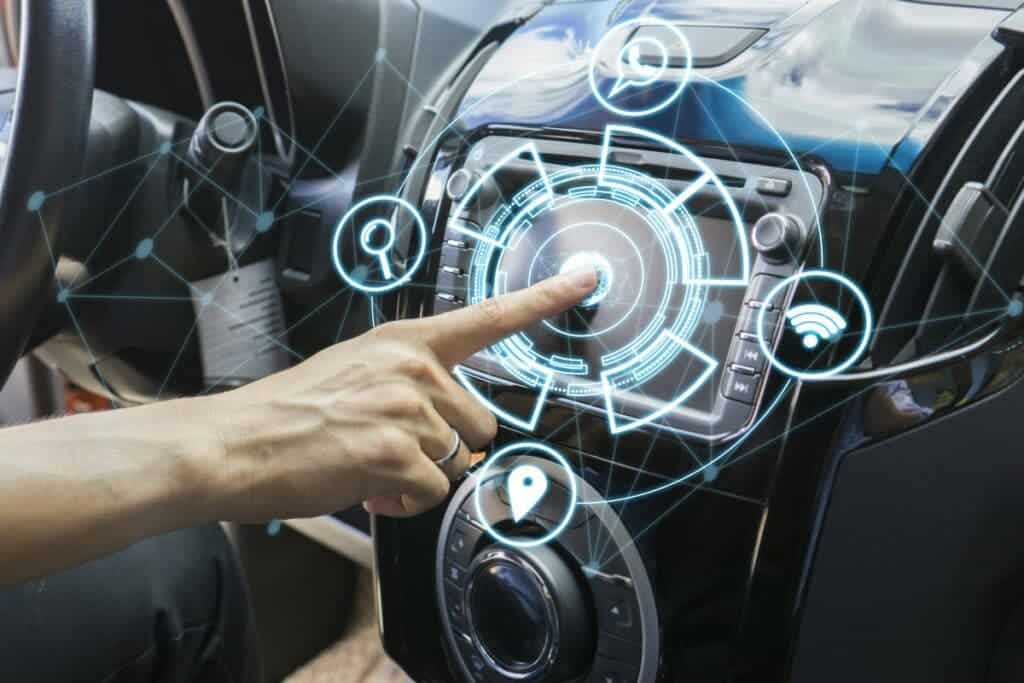
Just like the horse and buggy were replaced by internal combustion engine-driven vehicles, today’s human-controlled cars, buses, and trucks are destined to make way for autonomous control. Self-driving and autonomous vehicles are supposed to reduce traffic, improve fuel consumption, and, most importantly, save lives by reducing the risk of motor accidents.
However, questions remain as to how exactly this transition will look. A new study published this week in the Journal of Physics A: Mathematical and Theoretical suggests that during the initial transition, even a small fraction of autonomous vehicles (AVs) on a road or highway could lead to a significant reduction in traffic congestion — that’s all as long there are some guidelines in place that enable the AVs to organize themselves efficiently.
The authors of the study, Dr. Amir Goldental and Prof. Ido Kanter, both from the Department of Physics at Bar-Ilan University in Israel, investigated the dynamics of traffic formed by mostly human-driven vehicles along with a fraction of self-organized AVs controlled by artificial intelligence.
“Without regulations on AVs, we face a classic example of game theory paradox, such as the prisoner’s dilemma, where each vehicle tries to optimize its driving speed but the overall traffic flow is not optimal. In our research we examine how, with proper regulations, a very small number of AVs can improve the overall traffic flow significantly, through cooperation,” Dr. Goldental said in a statement.
Some of the rules and guidelines employed in their traffic model include things such as AVs cooperating and self-organizing into groups that split traffic flow into more fluid clusters.

It took less than two minutes for the AVs to self-organize and improve traffic flow when starting from congested traffic.
According to the study, a fleet consisting of only 5% autonomous vehicles operating under self-organization rules is enough to enhance traffic flow speed by 40% and decrease fuel consumption by 28%. Safety is also improved as traffic becomes more ordered and there are fewer lane transitions occurring.
All of these guidelines and rules for AVs can be implemented without any changes required to current infrastructure. Likewise, communication between AVS or the oversight of a central agent are also not required.
“This scenario does not require changes to current infrastructure or communication between vehicles; it only requires proper regulations. The results indicate that more efficient, safer, faster, and greener traffic flow can be realized in the near future,” the authors of the new study concluded.









